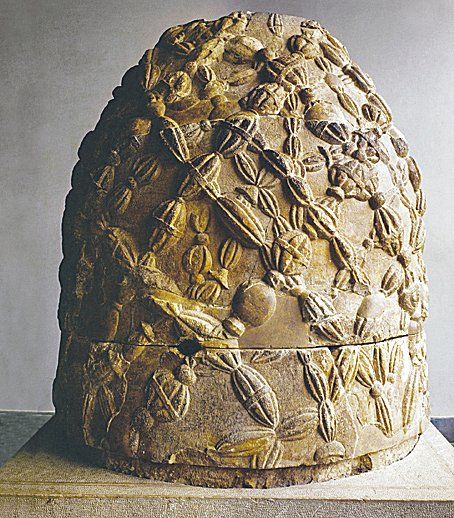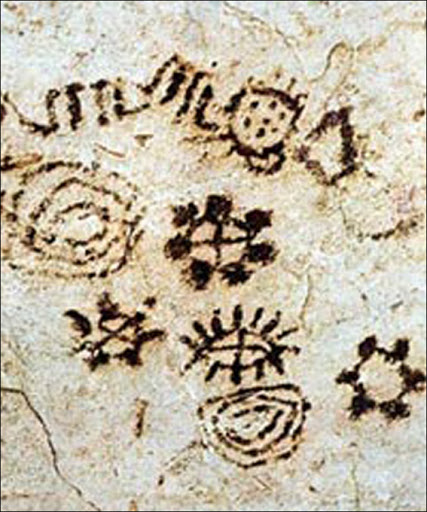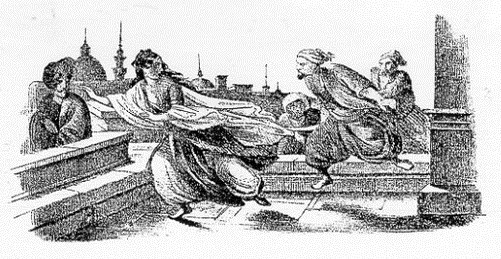KING ARTHUR IN APULIA?
#KingArthur #SaintNicolas #Bari #Otranto #Apulianlegends King Arthur really came in Apulia? Some elements would suggest that the legendary son of King Uther Pendragon, passed through Puglia … In the archivolt, called the Lion’s Gate, of the 12th century Basilica of Saint Nicolas in Bari you can see the sovereign with his knights of the Round […]
The Apulian Omphalos, the Templars and the black Virgin

The Omphalos, in Greek means navel and indicates a sacred center, a place where the divine meets the ground. There are many omphalos in the world. In Italy, the tradition is linked to many symbols worked by man, like circular boulders. Often they are represented by obelisks, menhirs, wells or by the strange symbol of […]
Porto Badisco. The cave of deers and extraterrestrials

#grottadeicervi #portobadisco #salento #extraterrestrial #pictograms #cave Porto Badisco, near Otranto, according to the myth, the first shore touched by Aeneas in his escape from Troy. Here is the Grotta dei Cervi, discovered only in 1970. Inside speleologists found rock paintings of the first inhabitants of the area who lived there 6 millennia ago, according to […]
Santa Cesarea Terme, the refuge of Hercules

#ENG #santacesareaterme #salento #Puglia #myths A village a few kilometers from Otranto, the fame of Santa cesarea Terme is linked to the sulphurous waters considered miraculous, gushing out from four natural caves: the Sulfurea, the Fetida, the Solfatara and the Gattula, recommended for treating diseases related to the respiratory tract. The origin of these waters […]